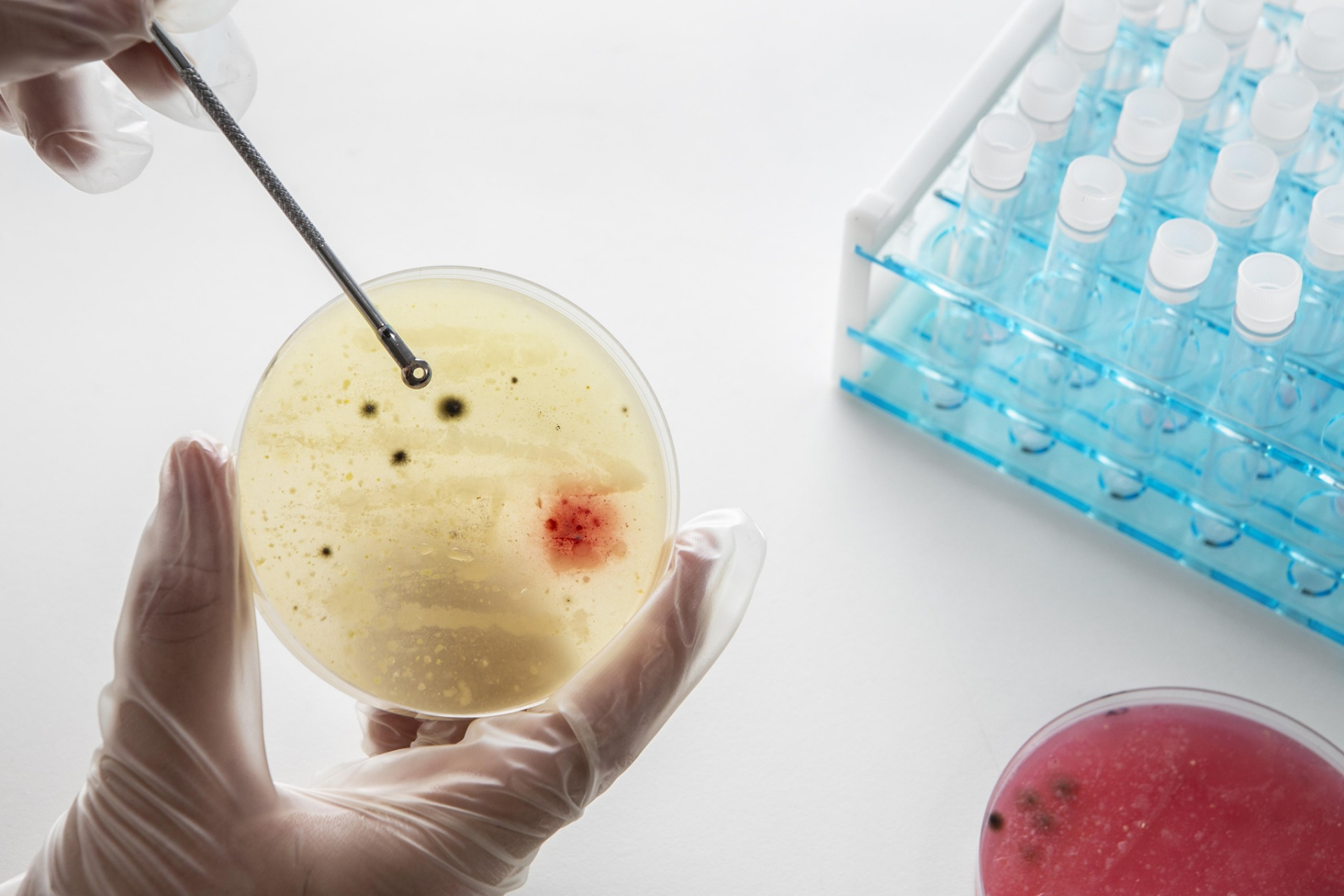A urine culture and sensitivity test is a vital diagnostic tool used to identify infections in the urinary tract and determine the most effective treatment. When a person experiences symptoms like painful urination, frequent urges to urinate, or cloudy urine, this test can pinpoint the cause and guide healthcare providers in prescribing the right antibiotics.
What Is a Urine Culture and Sensitivity Test?
A urine culture and sensitivity test is a two-part laboratory analysis:
- Urine Culture: This part of the test identifies the bacteria or fungi present in the urine that may be causing an infection.
- Sensitivity (Susceptibility) Test: Once the bacteria are identified, this test evaluates which antibiotics can effectively kill or inhibit their growth, this is known as antibiotic sensitivity in urine culture.
Together, these tests provide crucial information that enables targeted treatment of urinary tract infections (UTIs), ensuring that the prescribed antibiotic will work against the specific bacteria involved.
Why Is the Test Important?
UTIs are among the most common infections, particularly in women, the elderly, and individuals with certain chronic conditions. The urine culture and sensitivity test is important because:
- It confirms the presence of a bacterial or fungal infection.
- It identifies the exact organism causing the infection.
- It helps choose the most effective antibiotic, reducing the risk of resistance.
- It assists in monitoring recurrent infections or infections that do not respond to initial treatment.
When Is the Test Recommended?
Doctors may recommend a urine culture and sensitivity test if you experience symptoms such as:
- Burning sensation during urination
- Cloudy or foul-smelling urine
- Frequent urination with little output
- Pain in the lower abdomen or back
- Fever and chills (in more severe cases)
It is also used in patients with:
- Diabetes
- Catheter use
- Pregnancy (routine checkup)
- Recurrent UTIs
How Is the Test Performed?
The test requires a urine sample, which is usually collected using the midstream clean-catch method to avoid contamination. Clean the genital area with antiseptic wipes. Begin urinating and then collect the midstream portion of the urine in a sterile container. The sample is sent to a laboratory for analysis.
In the lab, the urine is placed on a culture medium and incubated for 24 to 48 hours. If bacteria grow, they are identified. A sensitivity test is performed to determine which antibiotics are most effective.
Understanding the Results
Urine Culture
- Negative: No significant bacterial growth; usually no infection.
- Positive: Indicates bacterial growth, measured in colony-forming units (CFUs). A count of more than 100,000 CFUs/mL typically suggests an infection.
Sensitivity Test
This part lists antibiotics and whether the bacteria are:
- Sensitive (S): Antibiotic is effective.
- Intermediate (I): May work in higher doses.
- Resistant (R): Antibiotic is not effective.
The results guide your doctor in selecting the best treatment, preventing the misuse of antibiotics and combating resistance.
Antibiotic Sensitivity in Urine Culture
Antibiotic sensitivity in urine culture plays a key role in personalized treatment. It helps avoid using broad-spectrum antibiotics unnecessarily and ensures:
- Faster recovery
- Fewer side effects
- Lower risk of antibiotic resistance
This is especially important in recurring infections or in settings where antibiotic resistance is common.
The urine culture and sensitivity test price can vary depending on location, healthcare facility, and whether it is done in a public or private lab. It is advisable to check with your healthcare provider or diagnostic lab for exact pricing and insurance coverage.
Limitations of the Test
While highly effective, the urine culture and sensitivity test has some limitations:
- False negatives may occur if antibiotics are taken before the test.
- Contaminated samples can lead to inaccurate results.
- Not all infections are caused by bacteria detectable through standard culture methods.
Whether you are dealing with recurrent infections or just starting to notice symptoms, this test offers essential insights. Be sure to consult your healthcare provider about symptoms, test timing, and interpretation of results to ensure accurate diagnosis and prompt recovery.


